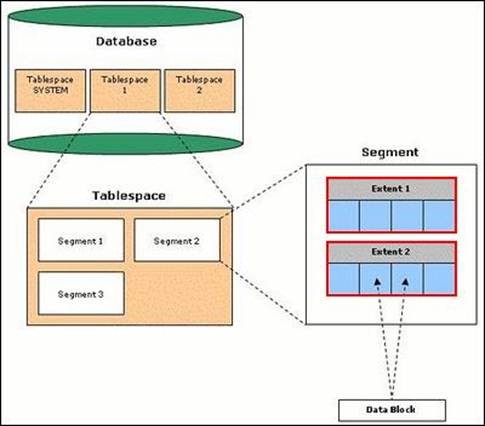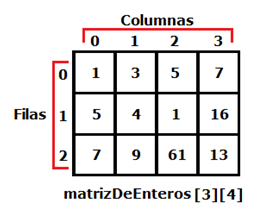This Oracle tutorial explains how to use Foreign Keys in Oracle with syntax and examples. A foreign key is a way to enforce referential integrity within your Oracle database. MySQL supports foreign keys, which let you cross-reference related data across tables, and foreign key constraints, which help keep this spread-out data consistent.
The essential syntax for a foreign key constraint definition in a CREATE TABLE or ALTER TABLE statement looks like this:. There are two ways to create a foreign key on a table in Oracle: the inline method and the out-of-line method. I’ll explain them in this article for you. Now, we are interested in the foreign key definition. You must define foreign key constraints as out of line constraints, as we have done in our example.
I am half way there with SELECT a. A FOREIGN KEY is a key used to link two tables together. The table containing the foreign key is called the child table, and the table containing the candidate key is called the referenced or parent table. Before you define and enable this constraint, you must define and enable a constraint that designates the department_id column of the departments table as a primary or unique key.
The foreign key constraint definition does not use the FOREIGN KEY clause, because the constraint is defined inline.




















